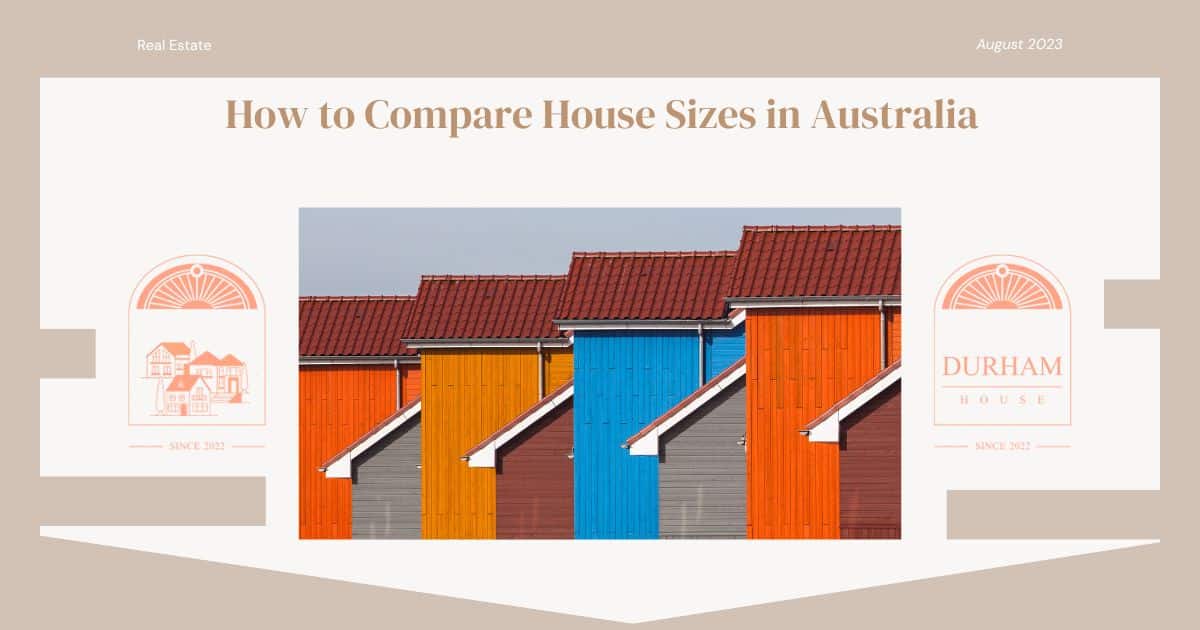Australia has a well-earned reputation for breathtaking landscapes and a relatively strong and diverse real estate market, but understanding how to compare the size of one property to another is not without its challenges and frustrations. To begin with, although the country has embraced metric units as the sole unit of measurement since 1988, a discrepancy still exists in the way builders and real estate agents quote property measurements. They often use squares, an Imperial measurement system. You might ask yourself whether they are deliberately trying to confuse potential buyers, or whether it’s a sign of resistance to change compared to other Australian industries. In this article we will explain the conversion from squares to square meters, the reasons behind the measurement confusion, and practical tips for homebuyers to compare property sizes accurately.
Converting squares to square metres
In the imperial system, one square represents an area of 100 square feet, defined as a square with sides measuring 10 feet each. However, in the metric system, this same square equates to 9.3 square metres. So although the names sound so similar, it’s really important to avoid confusing a square with ten square metres.
A square metre is usually denoted as 1m2 and is equal to around 10.75 square feet or roughly 0.1075 of a square. This conversion factor should make it clear the importance of precision when dealing with property measurements.
Other factors to consider when comparing property sizes
Accurately measuring the size of a property goes beyond understanding the differences between squares and square metres. When evaulating property dimensions, it is essentials to think about what is included in the figures quoted by agents or provided in documentation.
- Overall plan area: Some people quote the overall plan area, which includes the volume of external walls, which are typically around 0.25 metres thik. This inclusion can result in up to two squares being attributed to external walls, which is not space that will be useable for residents of a property. In practice, wall thicknesses can also vary between properties, which could add up to large inaccuracies in the quoted plan area.
- Area under the roof: On a similar note, soe measurements encompass the area under the roof, especially if the property features full eaves. This can exaggerate measurements by up 40 square metres.
- Not accounting for stairs: The area quoted for a multi-storey property can sometimes be just the ground floor area multiplied by the number of floors, but that is unrealistic since the area taken up by stairs reduces the amount of livable floor space.
- Garage inclusions: The garage may or may not be included in the dimensions that you have been quoted. This inconsistency could make it hard to compare the size of two properties without knowing whether the garage has been counted for both of them.
- Tolerances: Some sale offer documents include fine print stanting that variations in dimensions of up to 10% are acceptable, which can further cast doubt on whether you are comparing apples to apples when comparing property.
So how can we achieve precision?
As you can see, between using units of measurements that most Australians never think in for other parts of their lives, and all the variations within the real estate industry of evaluating the size of different properties, it’s very possible and maybe even likely that you will be inaccurate when trying to compare property sizes.
Ultimately, the best approach to avoid any surprises when purchasing a property, is to take matters into your own hands. If you have the knowledge and capabilities to consistently measure the properties you are considering for purchase, you can be sure you are actually making a meaningful comparison. If you lack the ability to do this yourself, you can pay for an Australian property management service. While you will need to do some serious vetting before taking this step, and it’s possible the figures quoted by the service you use may not be entirely accurate, at least they will probably contain inaccuracies for similar reasons in the figures quoted for the properties you are measuring. In this way, you will be more likely to achieve a meaningful comparison than if you are receiving measurements likely made at different times by different people.





